Embarking on a trip of backpacking in Death Valley National Park? Is not for the faint of heart. With temperatures soaring to well over 100 degrees Fahrenheit, steep terrain, and limited water sources.
Surviving this hottest trek on earth requires careful planning and preparation. However, for those who are willing to take on the challenge, the rewards are plentiful.
Contents
As a seasoned backpacker who has experienced Death Valley’s unforgiving landscape firsthand, I have compiled a comprehensive guide to help you navigate this unique terrain.
From essential survival tips to must-see spots and hiking trails, this article will equip you with everything you need to know to embark on an unforgettable adventure in Death Valley.

Backpacking in Death Valley
Exploring Death Valley, wear light, breathable clothing and carry ample water due to extreme heat. Start early or late to avoid peak temperatures.
Hike Dante’s View for stunning panoramas and Badwater Basin for the lowest point in North America. Mesquite Flat Sand Dunes offer a surreal landscape.
Furnace Creek Visitor Center provides essential information.
Camp at established sites like Furnace Creek or Sunset, respecting Leave No Trace principles. Stargazing at night reveals a breathtaking celestial display.
Check weather and road conditions, as the desert environment demands preparation. Enjoy the unique beauty while respecting the challenges of this captivating, arid wilderness.
Key Takeaways
- Backpacking in Death Valley is a challenging but rewarding experience.
- Surviving this hottest trek on earth requires careful planning and preparation.
- Essential survival tips include staying hydrated, protecting yourself from the sun, and packing appropriate gear.
- Must-see spots in Death Valley include Marble Canyon, Cottonwood Canyon, and Deadhorse Canyon.
- There are hiking trails available for all skill levels, but it’s important to choose routes that match your abilities and interests.
Exploring Death Valley National Park
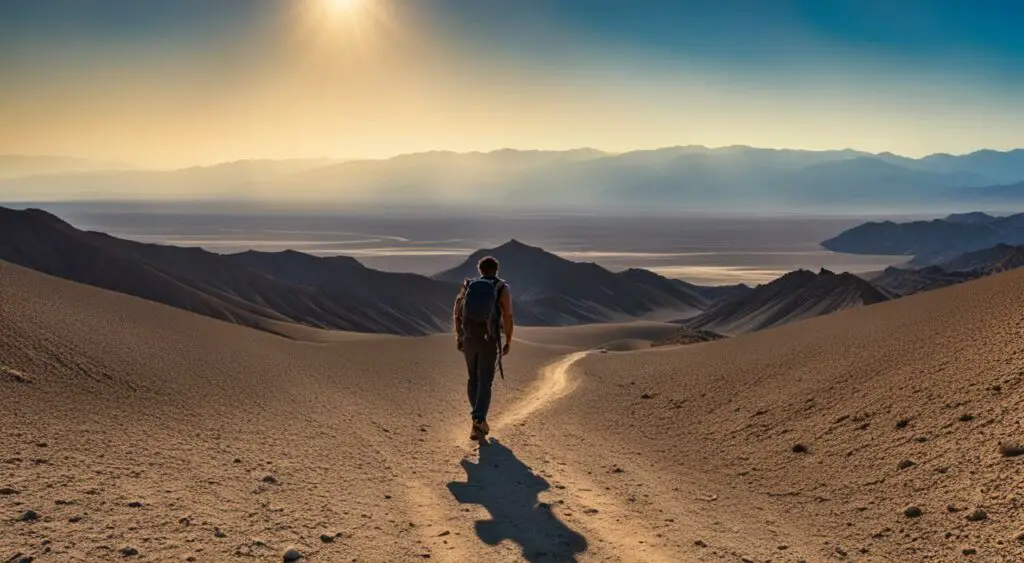
As I journeyed through Death Valley National Park, I was struck by the stark beauty of the valley and the surrounding mountain ranges.
Covering over 3.4 million acres, this park is the largest national park in the contiguous United States and is known for its desert landscapes, unique geological features, and diverse wildlife.
| Geographical Features: | Hiking Trails: | Camping: |
|---|---|---|
| Badwater Basin: The lowest point in North America, standing 282 feet below sea level. | Mosaic Canyon: A stunning slot canyon with polished marble walls that shimmer in the sunlight. | Furnace Creek Campground: A popular and convenient campground with amenities such as showers and a general store. |
| Zabriskie Point: A popular destination for sunrise and sunset due to its stunning views of the surrounding badlands. | Ubehebe Crater: A volcanic crater that is over half a mile wide and 700 feet deep. | Texas Springs Campground: A quieter campground that is well-suited for RVs and tents. |
| Dante’s View: A breathtaking overlook that offers sweeping views of the valley floor and the surrounding mountain ranges. | Golden Canyon: A scenic canyon with towering walls and rock formations in shades of gold and orange. | Wilderness Camping: For those seeking a more secluded experience, wilderness camping is available with a permit. |
There are numerous hiking trails throughout the park, ranging from easy nature walks to challenging backcountry treks.
Popular hiking trails include the Golden Canyon Trail, the Badwater Basin Salt Flats, and the Mesquite Flat Sand Dunes.
Visitors should be sure to carry plenty of water, wear appropriate clothing and footwear, and be aware of the park’s extreme temperatures.
For those looking to camp in the park, there are nine campgrounds with over 700 sites to choose from.
Furnace Creek Campground and Texas Springs Campground are both popular options and offer amenities such as fire pits, picnic tables, and restroom facilities.
Wilderness camping is also available for those seeking a more secluded experience.
Overall, Death Valley National Park is a breathtaking destination that offers something for everyone.
From its unique geological features to its diverse wildlife, there is no shortage of natural beauty to explore.
Whether you prefer hiking, camping, or simply taking in the stunning views, Death Valley National Park is a must-visit destination.
Essential Backpacking Tips for Death Valley
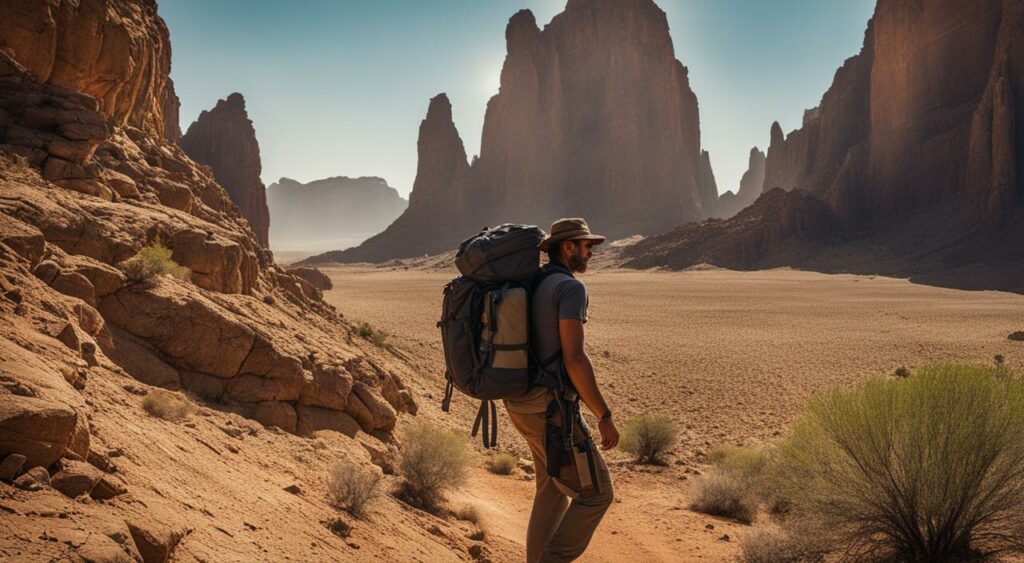
Backpacking in Death Valley is a unique and rewarding experience, but it requires careful planning and preparation.
Here are some essential backpacking tips that will help you stay safe and comfortable during your trip:
1. Understand the wilderness
Death Valley is a vast and remote wilderness area, so it’s important to understand the landscape and natural features before you go.
Study trail maps, weather reports, and topographical information to get a sense of the terrain, and make sure you have the appropriate gear and supplies for the conditions you’ll face.
2. Stay hydrated
The heat in Death Valley can be intense, so it’s crucial to stay hydrated throughout your trek.
Carry plenty of water with you, and bring a filtration system or iodine tablets to purify any water you find along the way.
Aim to drink at least one gallon of water per person per day, and monitor your hydration levels regularly.
3. Protect yourself from the sun
The sun in Death Valley is strong and unforgiving, so protect your skin and eyes with quality sunscreen and sunglasses.
Wear lightweight, breathable clothing that covers your skin, and use a wide-brimmed hat to shade your face and neck.
Consider carrying an umbrella or parasol for additional shade.
4. Pack nutritious, high-energy foods
Backpacking in Death Valley requires a lot of energy, so pack plenty of nutritious, high-energy foods to keep you fueled.
Choose lightweight, calorie-dense options like nuts, dried fruit, jerky, and energy bars. Don’t forget to bring a lightweight stove and cooking equipment if you plan to cook meals on the trail.
5. Be prepared for emergency situations
Accidents and emergencies can happen anywhere, so it’s important to be prepared for the unexpected.
Carry a first aid kit with basic supplies like bandages, antiseptic, and pain relievers, and learn basic wilderness survival skills like building a fire and signaling for help.
Consider investing in a satellite phone, personal locator beacon, or GPS device for additional safety. Remember, always leave no trace and practice responsible outdoor ethics.
Pack out all trash and waste, and be respectful of the natural environment and wildlife you encounter during your trip.
Must-See Spots in Death Valley
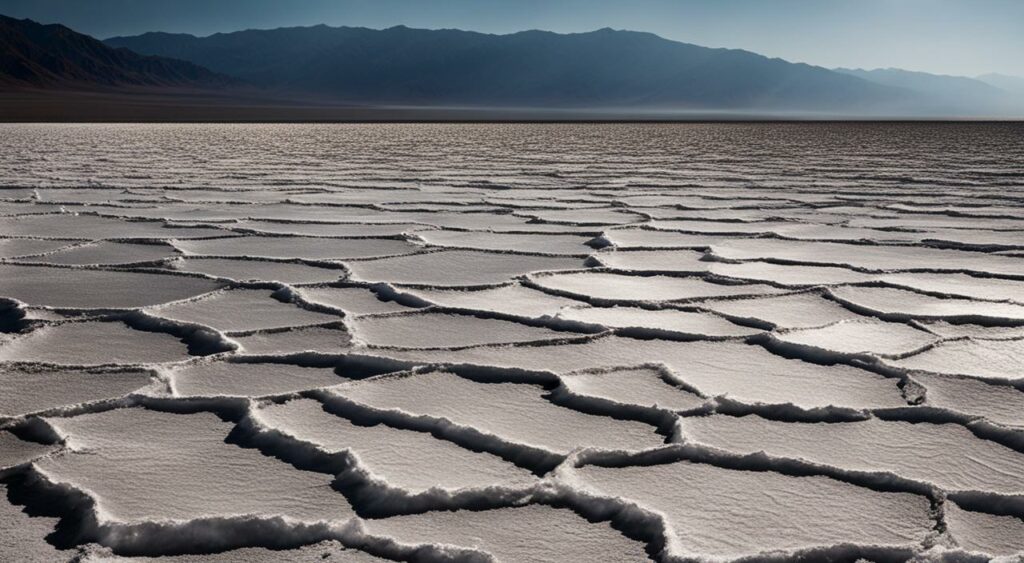
Death Valley is a treasure trove of natural wonders and breathtaking landscapes. Here are some of the must-see spots that every backpacker should explore:
| Spot | Description |
|---|---|
| Marble Canyon | Located in the northern part of the park, Marble Canyon is a stunning slot canyon with towering walls of polished marble. It’s a challenging hike, but the views of the colorful strata and narrow passageways are worth the effort. |
| Cottonwood Canyon | This secluded canyon is a hidden gem with a lush oasis of cottonwood trees and a picturesque stream. It’s a tranquil spot for camping and hiking, away from the crowds. |
| Deadhorse Canyon | Deadhorse Canyon is a remote and rugged canyon with a seasonal waterfall, towering cliffs, and cascading pools. The hike is strenuous but rewards trekkers with breathtaking views of the dramatic landscape. |
| Panamint | Panamint is a mountain range that towers over 11,000 feet above sea level and provides awe-inspiring panoramic views of the desert. The summit is accessible via a challenging hiking trail, but the journey is worth it for the views alone. |
These must-see spots in Death Valley are just a taste of the park’s wonders.
Make sure to include them in your backpacking itinerary and explore all the natural beauty that this unique and challenging landscape has to offer.
Hiking Trails in Death Valley: A Guide
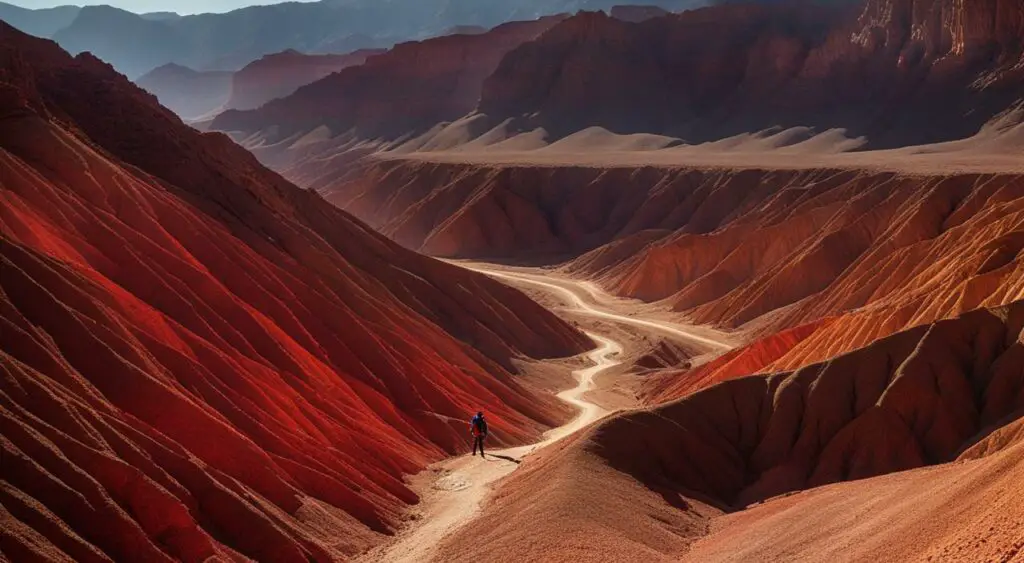
As a backpacker exploring Death Valley National Park, it’s impossible to miss the remarkable hiking trails that weave through the rugged wilderness.
The park offers a diverse range of trails, from easy walks to strenuous treks that are sure to challenge even the most experienced hikers.
To fully experience the beauty and majesty of Death Valley, it’s crucial to explore the park on foot. Here are some of the best hiking trails the park has to offer:
Golden Canyon Trail
The Golden Canyon Trail is a moderate 3-mile hike that offers breathtaking views of colorful rock formations and towering canyon walls.
This trail is perfect for hikers of all skill levels, winding through a stunning landscape that’s sure to impress.
Telescope Peak Trail
For those seeking a challenge, the Telescope Peak Trail is a 14-mile trek that leads to the highest point in the park.
This strenuous hike is not for the faint of heart, but the views from the summit are well worth the effort.
Be sure to bring plenty of water and prepare for rapid temperature changes, as the weather can be unpredictable at higher elevations.
Wildrose Peak Trail
The Wildrose Peak Trail is a 8.4-mile round trip hike that’s perfect for experienced backpackers looking for a challenging adventure.
The trail winds through a variety of landscapes, from dense forests to exposed ridges, offering stunning views of the surrounding wilderness.
Mosaic Canyon Trail
The Mosaic Canyon Trail is a leisurely 2.6-mile hike that’s perfect for families and beginners. The trail leads through a narrow canyon, with towering walls of polished marble creating a stunning visual experience.
The trail is easy to navigate and offers plenty of opportunities for photos and exploration.
When planning your Death Valley backpacking trip, it’s important to choose hiking trails that are appropriate for your skill level and interests.
Be sure to bring a trail map and plenty of water, and always stay alert for wildlife and changing weather conditions.
With proper planning and preparation, hiking in Death Valley National Park can be a truly unforgettable experience.
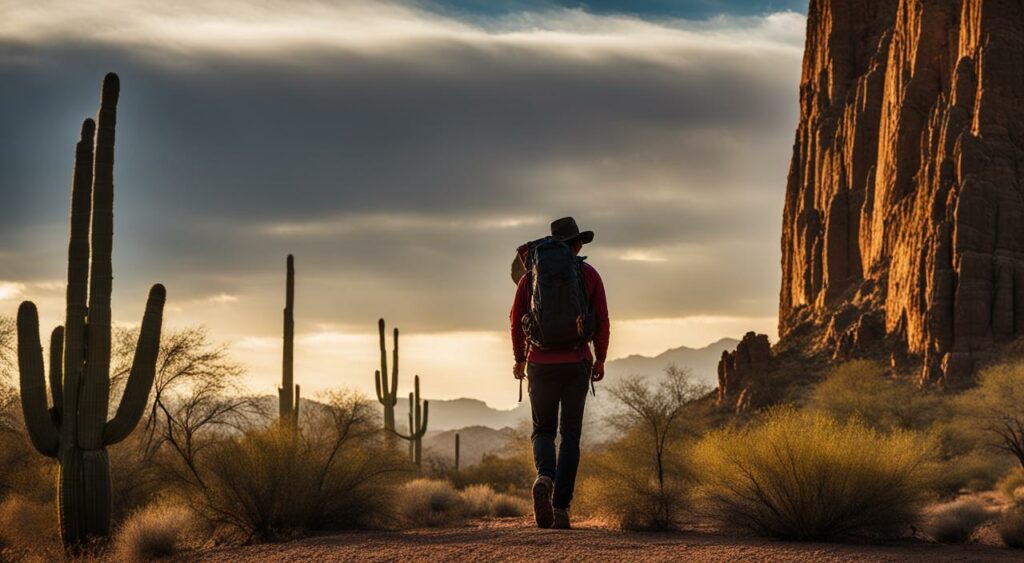
Conclusion
Embarking on a backpacking trip in Death Valley is an adventure of a lifetime, filled with unforgettable experiences and challenges.
The stunning beauty of the park’s geological features, the wildlife, and the unique flora are all worth exploring. However, survival in the harsh desert environment should always be a top priority.
With that in mind, it’s essential to prepare well and be equipped with the right gear, food, and water. Remember to research the hiking trails and plan according to your skill level, interests, and physical abilities.
During your journey, be mindful of your surroundings and take appropriate safety precautions, such as avoiding wildlife encounters and staying hydrated.
And lastly, always practice sustainability and leave no trace behind. So what are you waiting for? Get your backpack ready and embark on this unique adventure.
But always remember to prioritize safety and sustainability on your backpacking journey in the hottest trek on earth.
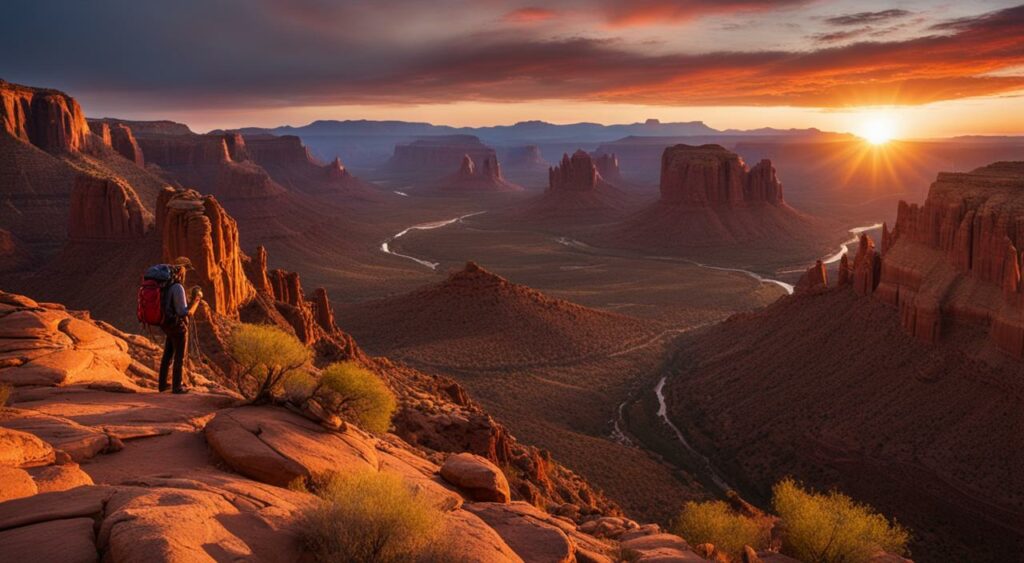
FAQ
-
What should I pack for a backpacking trip in Death Valley?
It is essential to pack lightweight and breathable clothing, a wide-brimmed hat, sunglasses, sunscreen, sturdy hiking boots, a tent, a sleeping bag suitable for cold nights, a water filtration system, and plenty of water and food.
-
How can I stay safe in the extreme heat of Death Valley?
To stay safe in the extreme heat of Death Valley, it is crucial to drink plenty of water, take frequent breaks in shaded areas, wear breathable clothing, and avoid hiking during the hottest part of the day. It is also important to be aware of the signs of heat exhaustion and heatstroke and seek medical help if necessary.
-
Are there any dangerous animals in Death Valley that I should be aware of?
While Death Valley is home to various wildlife species, encounters with dangerous animals are rare. However, it is advisable to be cautious of rattlesnakes, scorpions, and coyotes. It is recommended to stay alert, keep a safe distance, and never approach or feed any wild animals.
-
What are some recommended hiking trails in Death Valley?
Some recommended hiking trails in Death Valley include the Golden Canyon Trail, Telescope Peak Trail, Mesquite Flat Sand Dunes, and Badwater Basin Salt Flats. These trails offer stunning views, unique geological formations, and diverse landscapes.
-
Can I camp in Death Valley National Park?
Yes, camping is allowed in designated campgrounds within Death Valley National Park. There are several campgrounds available with varying amenities, including Furnace Creek Campground, Texas Springs Campground, and Mesquite Spring Campground. It is advisable to make reservations in advance, especially during peak seasons.
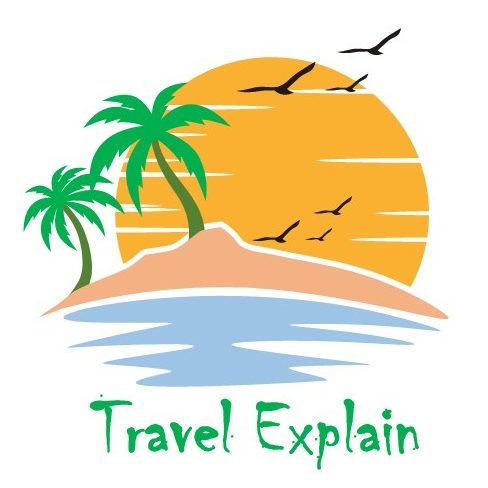
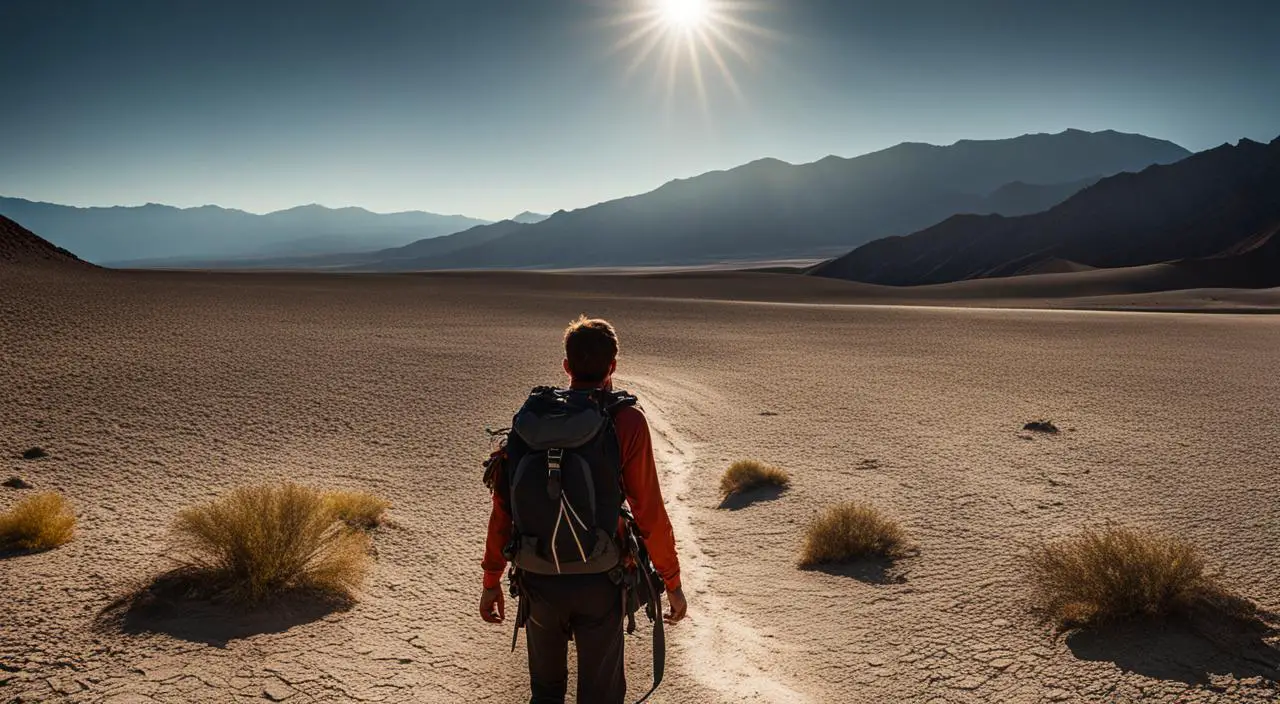

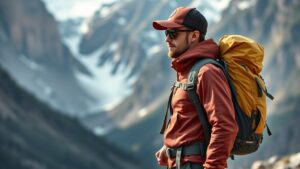
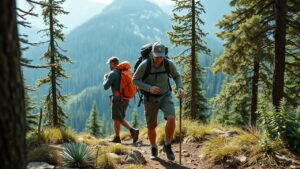
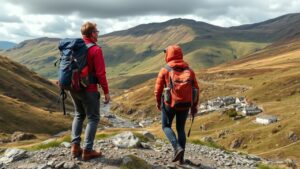
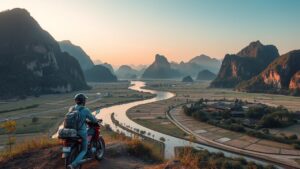
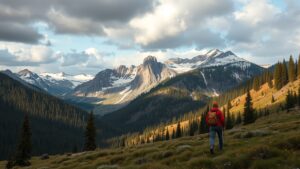

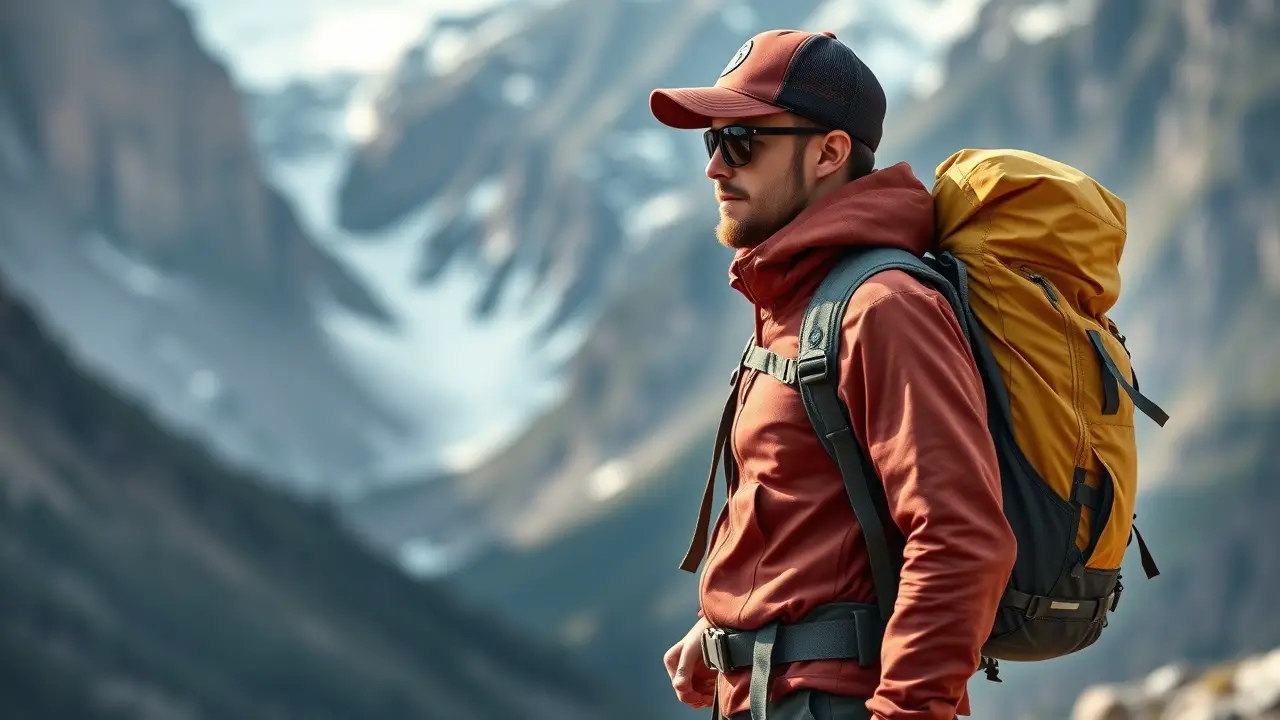
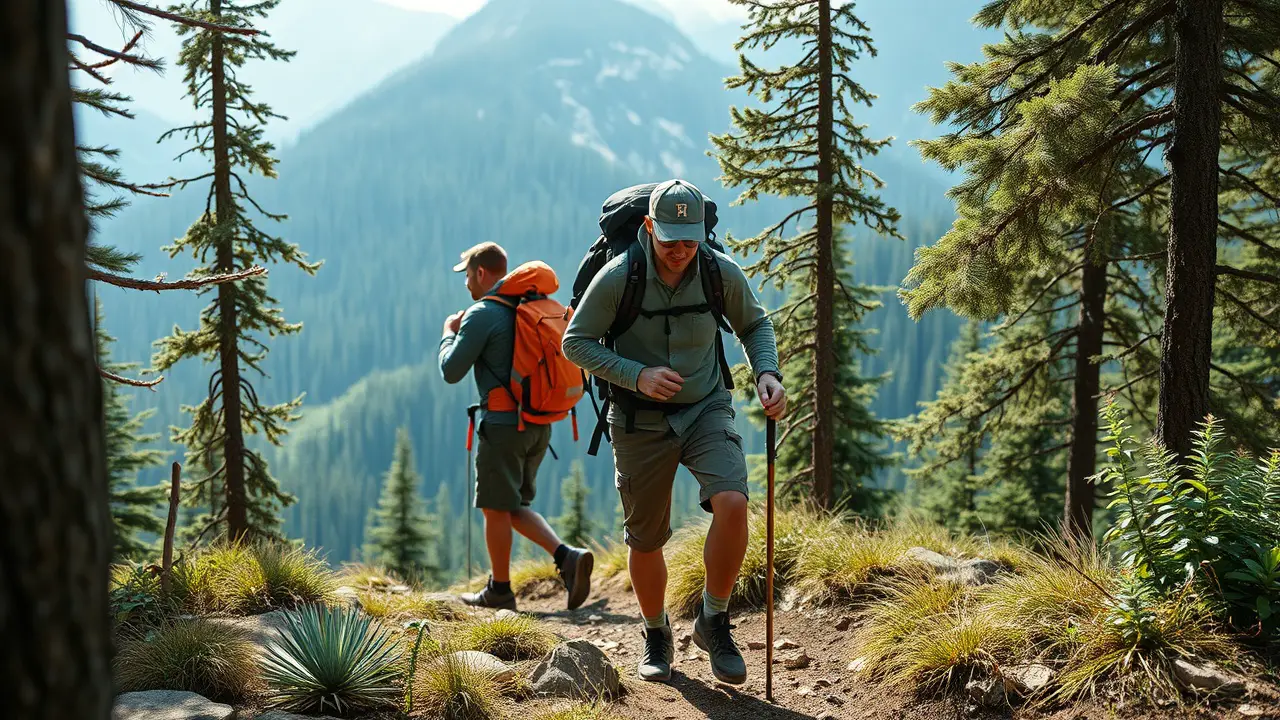
Leave a Reply